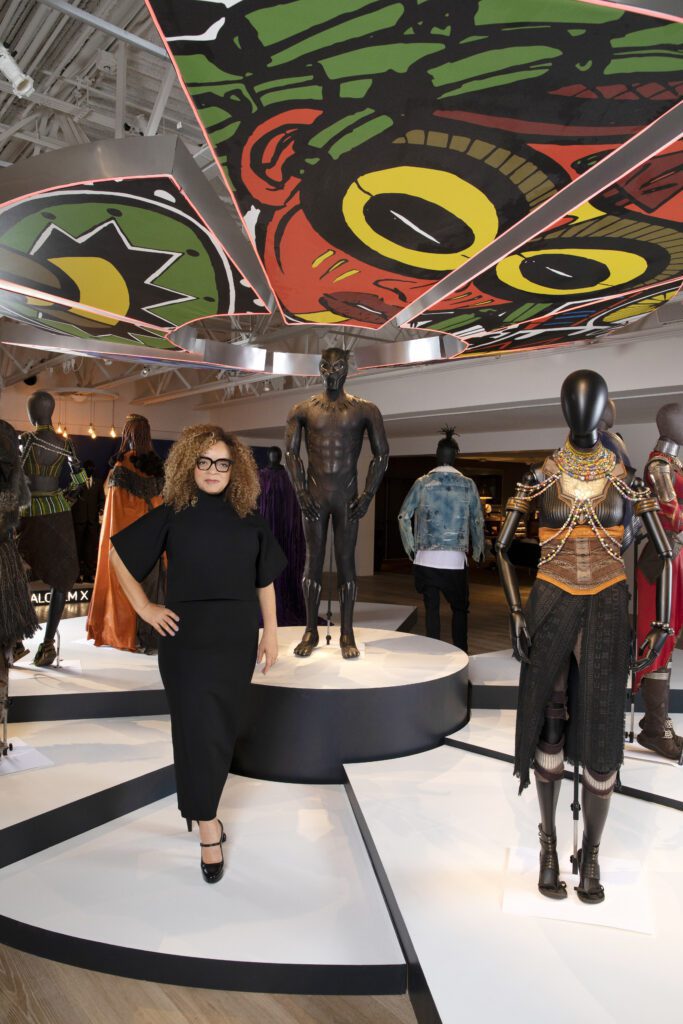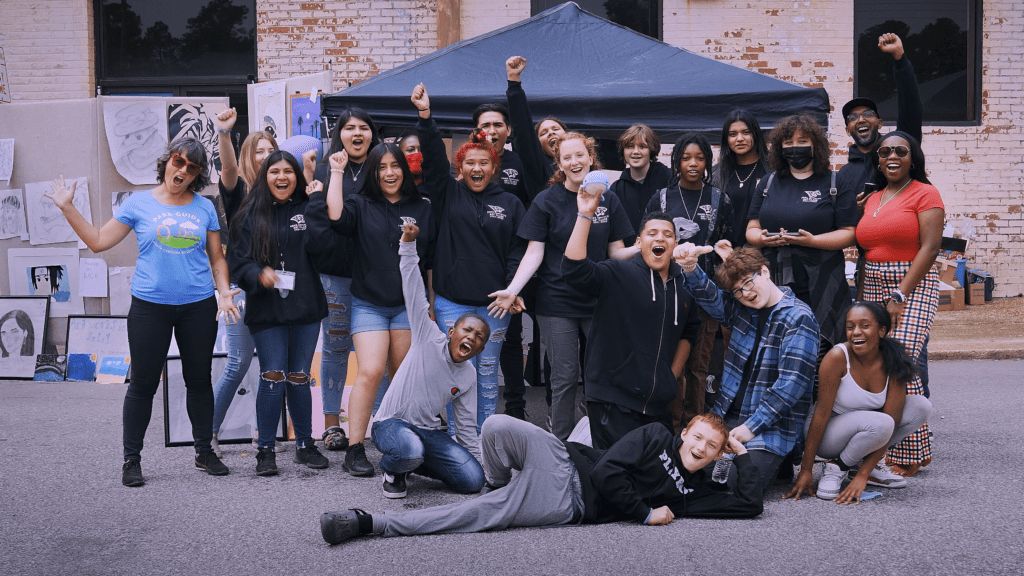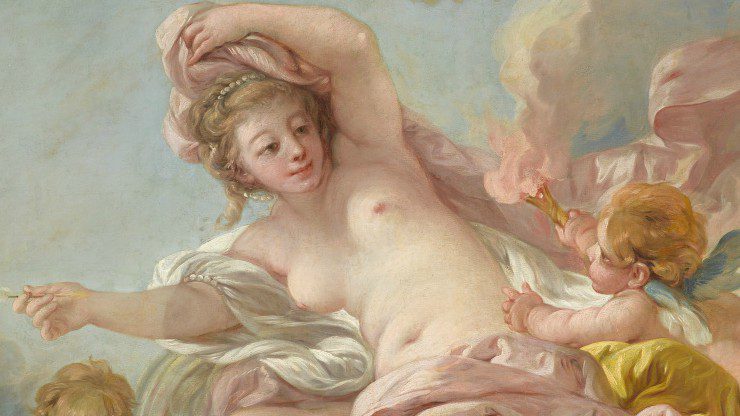The aesthetic of solidarity is best defined as gestures that suggest allyship alongside marginalized people without acknowledging the privilege to co-opt social justice ideologies. The NCMA collection features numerous artists that challenge the aesthetic of solidarity using an intracommunal lens to express the Black community’s resiliency amid systemic racial inequity.

For instance NCMA Recommends recently highlighted Stacy Lynn Waddell’s work, The Gulf Stream (after Winslow Homer). Waddell states in her virtual interview for the Museum that her work reflects an ongoing conversation about “who has the right to be a part of the American space,” particularly Black contributions to national politics. The artist’s other works, such as her BLACK LIVES MATTER (Transformation) piece, also reconcile Black people’s erasure from the American political narrative by explicitly representing social justice campaigns founded within the community like the Black Lives Matter movement. These compositions exude a forthcoming attitude that subverts the aesthetic of solidarity by encouraging authentic conversation on racial oppression throughout history.
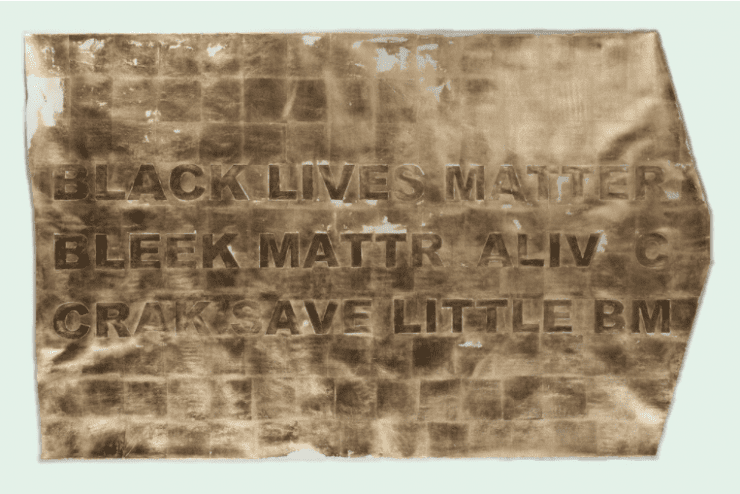
Another artist displayed in the Museum collection, whose work examines the intersections between culture and politics, is Hank Willis Thomas. The NCMA possesses Thomas’s The Cotton Bowl, which depicts the exploitation of Black people via enslavement and American popular culture. Thomas uses his work to question who holds “the power to create the narrative,” while emphasizing the recurring cycles of racialized objectification resulting from American consumerism. The ideas presented in The Cotton Bowl correspond with concerns that the aesthetic of solidarity perpetuates the commodification of Black activist labor, a process that reduces sociopolitical strife to both economic and cultural capital, such as hashtag trends. These tendencies reveal allies’ privilege to join social action when it benefits their public personas versus immersing themselves in advocacy work like their Black counterparts. Therefore as Thomas’s work suggests, individuals must address their participation in oppressive systems that further marginalize the communities they attempt to support.
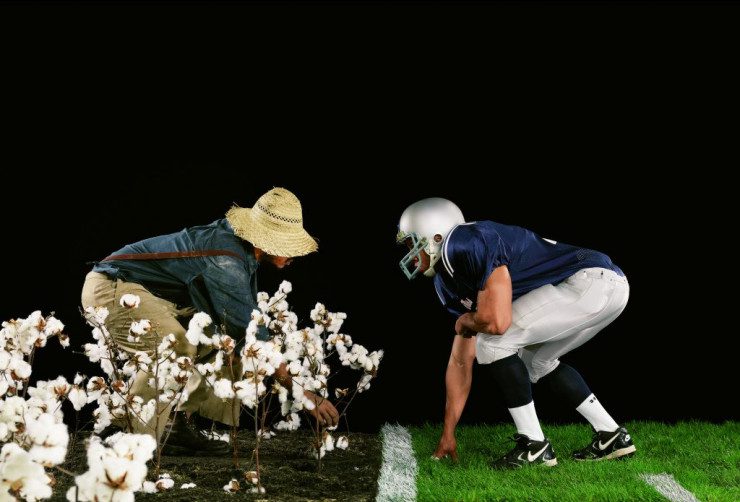
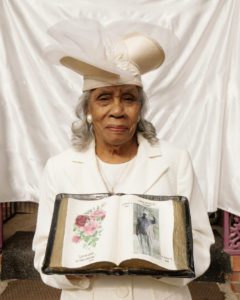
Outside the NCMA’s collection, other North Carolinian artists conceptualize advocacy work via their interpretations of Black life. Durham-based fine-art photographer and creative director Kennedi Carter exemplifies this effort via portrait photography that displays the sociopolitical aspects of Blackness. As Carter details in her portfolio, these images “reinvent notions of creativity and confidence in the realm of Blackness.” Her emphasis on collective identity translates the Black experience into a comprehensive story of love, beauty, and trauma. View Carter’s work in conversation with other photographers via the See In Black project founded by Joshua Kissi and Micaiah Carter. Overall, the connections among all of these artists underscore the significance of uplifting Black voices as they represent cultural and sociopolitical complexities during this contemporary social movement.

Ruth E. Carter: Afrofuturism in Costume Design
Academy Award–winner in Costume Design, Ruth E. Carter has helped bring characters to life in acclaimed Hollywood blockbusters. The NCMA celebrates the magic of her imagination.
Innovative AIM Program Reaches Thousands
Thinking outside the lines, NCMA outreach programmers connect local artists in rural communities with local students excited to discover the artist within.
Love in the Galleries
This Valentine’s Day we invite you to follow Cupid’s arrow through West Building to discover some amorous works in the NCMA’s collection.

